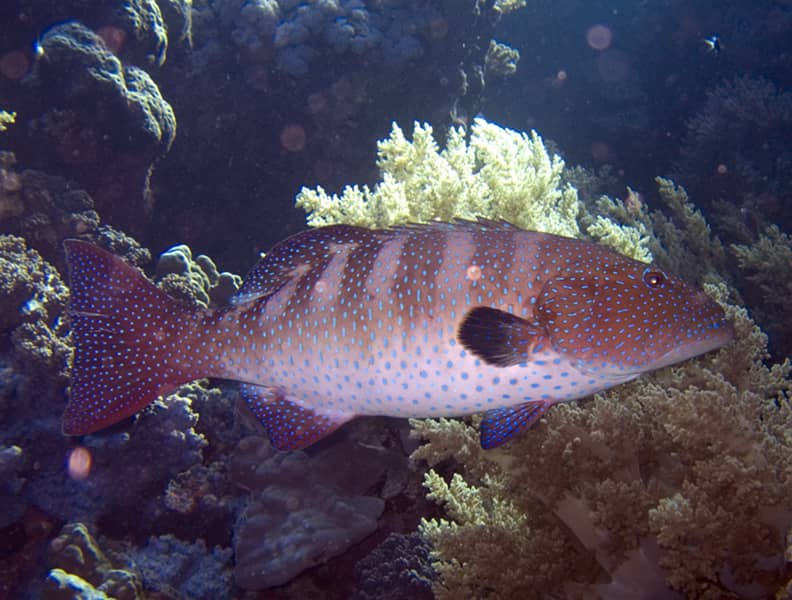Study: Fish Use Sign Language to Hunt with Other Species
OutdoorHub Reporters 04.29.13

A new study by three biologists at the University of Neuchatel and Cambridge University have found that the coral grouper enlists the aid of two helpers to catch prey. How do fish communicate between species? Apparently through sign language. According to the study, groupers form a mutual relationship with other species such as giant moray eels and Napoleon wrasse. The hunting group then use their unique talents in tandem to catch prey fish.
The grouper is fast in open water and serves to harry prey into hiding. Eels can get into the narrow crevices that the grouper cannot, while the wrasse uses its powerful jaws to crush the prey’s hiding hole or suck it out.
It is the grouper that apparently directs these hunting parties. One signal is to call the other species’ attention to the arrival of food. The grouper achieves this by shaking its body from side to side. The eel and wrasse are alerted by the movement and join in the hunt.
Another signal is sent out by the grouper to indicate where the prey fish was last seen, by lowering its head and “pointing.”
“In humans, referential gestures intentionally draw the attention of a partner to an object of mutual interest, and are considered a key element in language development. Outside humans, referential gestures have only been attributed to great apes and, most recently, ravens,” reads the study. Researchers also found that some species of octopus and trout also participate in the hunting group.
While the strange team may sound far-fetched, the study found that these hunting parties often have better results than each species working independently. Of course, the animals do not share the prize. Whoever is able to capture the prey gets it all to themselves.
You can read part of the study here.

